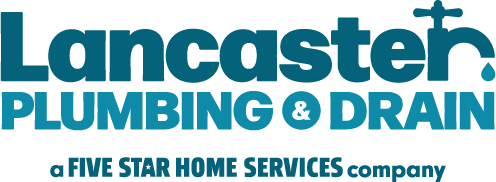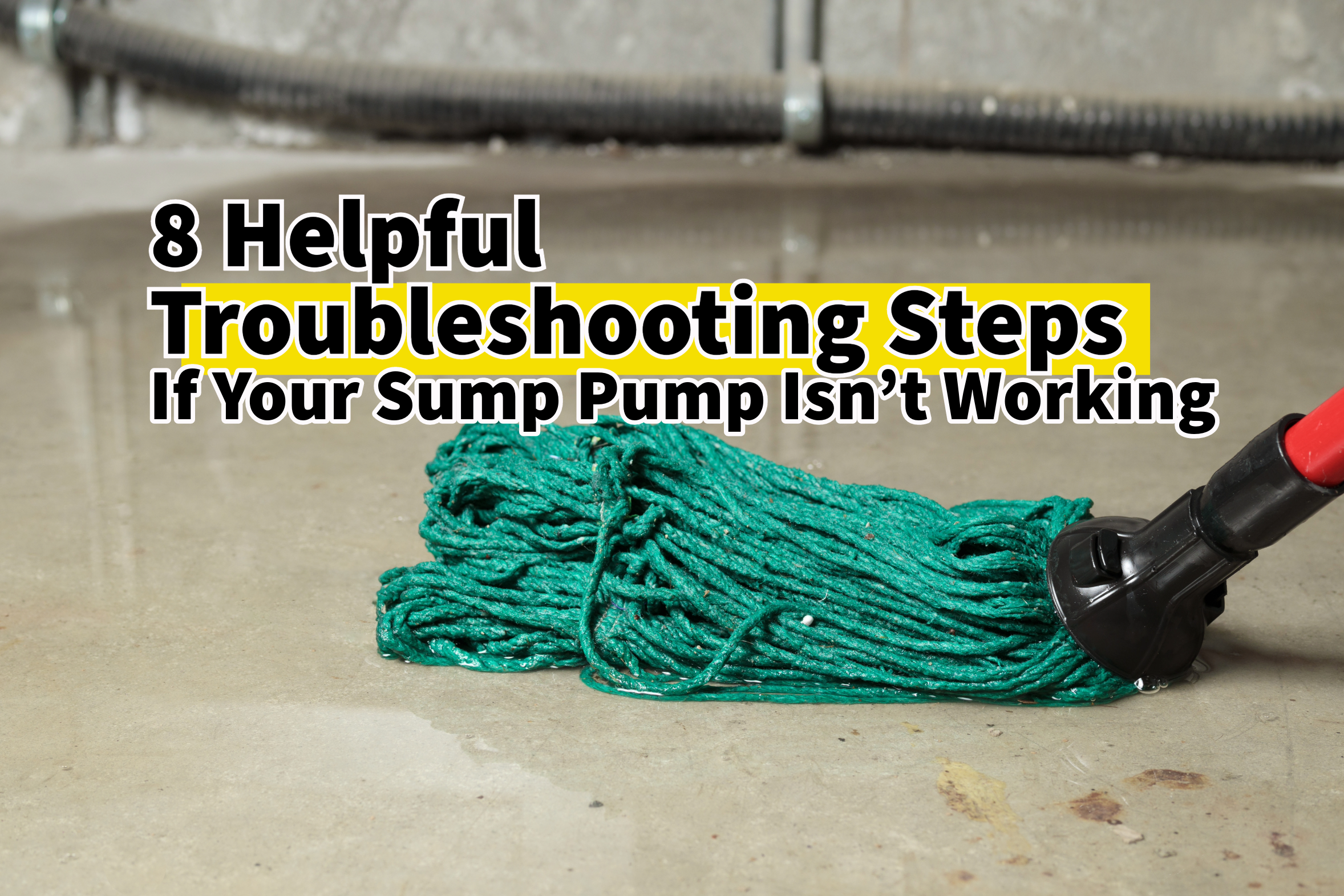If your sump pump has stopped working, don’t be alarmed, as it’s not exactly an uncommon issue, especially with the recent weather conditions we’ve been experiencing. Living in our area, we’re all familiar with the many weather-induced problems that Ohio can bring. With the winter season bringing snow melt and rain, sump pump issues are quite prevalent. Keep in mind that it’s important not to delay when your sump pump stops working. Flooded basements and water damage are among the many undesirable consequences we want to help you avoid.
Sump pumps are designed to efficiently pump out water through the discharge pipe, effectively diverting excess water away from your home’s foundation. When a sump pump suddenly stops working, it can quickly lead to basement flooding and other potential disasters. Thankfully, our team of experts at Lancaster Plumbing & Drain is here to assist you. We can help troubleshoot any issues you may encounter with your sump pump. In fact, it’s a good idea to not just wait for a problem to arise and familiarize yourself now with the eight most common reasons for sump pump malfunctions and how to troubleshoot them.
TROUBLESHOOTING STEPS:
- Power Supply: To ensure optimal functionality of your sump pump, it’s important to check the power supply. Power outages are often the culprit behind a malfunctioning sump pump. If your pump has stopped working, follow these steps:
- Confirm that the sump pump is plugged in and receiving power. Test the outlet using another device to determine if the outlet is the problem.
- If the pump is not receiving power, try unplugging it and plugging it back in. While this may provide a temporary fix, keep in mind that it may not be a long-term solution.
- Pump Motor: Listen carefully for any unusual noises emanating from the pump motor. If the motor is not running, inspect the circuit breaker and reset it if necessary.
- Pump Basin: Now, let’s take a look at the pump basin. It’s important to inspect the inside to understand what’s happening within. Take a close look at the sump pump basin for any debris, dirt, or even ice buildup. If you do find any, make sure to remove anything that might block the pump’s impeller.
- Check (or Overflow) Valve: Verify that the check valve is installed correctly. You’ll need to make sure that the valve is not blocked by debris. Sometimes, the pipe above it can also become clogged, preventing the check valve from functioning correctly. If the check valve is working as it’s supposed to, it will prevent water from flowing back into the sump pit.
- Float Switch: Proceed to examine the float switch for proper movement. Check for any debris that requires clearing and ensure the float switch moves freely. A float that is stuck or frozen will certainly fail to activate the pump as intended.
- Discharge Pipe: If your basement is flooded and the water is not being discharged away from your home, there is a high likelihood that the discharge pipe is clogged. Therefore, it is important to locate and check the discharge pipe to resolve the issue.
- Weeping Hole: One important aspect to check is the weeping hole. Sump pumps have a small hole on the discharge pipe that allows air to be released, ensuring proper functionality. If this weeping hole becomes blocked, the pump will not work effectively.
- Pump Size: When it comes to dealing with an overwhelmed sump pump, it’s important to consider whether it’s properly sized for your space. If it’s struggling to handle the high volumes of water, it may be time to think about an upgrade to prevent this recurring issue.
You’ve got this! With determination and focused DIY troubleshooting, you can identify the cause of your sump pump problem. Dealing with sump pump issues in cold weather can be challenging, but remember that safety is paramount. Take your time, proceed cautiously, and follow each troubleshooting step carefully as you assess the situation.
PROFESSIONAL HELP:

If you’re still puzzled and trying to figure out what’s happening, don’t worry – we’re here to help! In the event that these troubleshooting steps haven’t resolved the issue, we recommend reaching out to us for a professional diagnosis and to get your sump pump up and running again. It’s crucial to have a licensed plumber inspect your sump pump and identify any underlying problems. Rest assured, our team has the expertise to handle all your home service needs.
SUMP PUMP TIPS:
To ensure the continued smooth operation of your sump pump, there are a few valuable tips you can follow. To prevent any issues, it’s a good idea to periodically check on the pump. Simply ensure that everything is running smoothly and listen for any unusual sounds.
To ensure optimal functionality of your sump pump, it is important to keep the area around it free from clutter, random objects, and loose debris. Loose debris can cause various problems with your sump pump, leading to clogs and hindering its performance. Therefore, it is crucial to always securely seal the sump pump pit lid to prevent unwanted particles from entering. By maintaining a secure lid, you can effectively prevent debris from interfering with the pump’s operation.
When it comes to your plumbing system, it’s important to entrust your home to someone you can rely on. At Lancaster Plumbing & Drain, we strive to earn your trust. Our top priority is your safety, comfort, and satisfaction. We value our customers and are committed to providing you with a 100% satisfaction guarantee. With our expertise and wide range of home services, you can be confident that we will meet all your plumbing needs. Give us a call and experience the professionalism and quality service we offer.
For all your plumbing needs, you can trust Lancaster Plumbing & Drain. Contact us today to get the best plumbing services in town. Call us today at (740) 796-8998, or schedule an appointment online now by clicking here!


